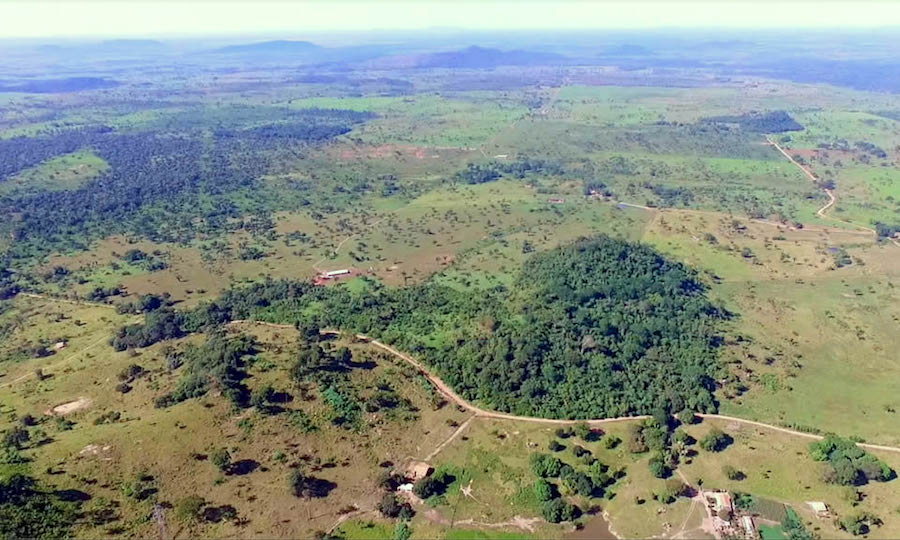Strong rouble, one-off expenses hit Russia’s Nornickel’s H1 earnings
By Polina Devitt
MOSCOW, Aug 15 (Reuters) – Russia’s Norilsk Nickel reported a 3 percent fall in first-half core earnings on Tuesday, missing analysts’ forecasts, due to a stronger rouble and a jump in social expenses.
The mining giant, known as Nornickel, said “one-off” costs lifted its social expenses to $196 million in the first half from $57 million a year ago.
This included the second tranche of a previously announced investment in a ski resort used in the 2014 Sochi Olympics and the provisional cost of a long-term social agreement with the Zabaikalsky region, where some of its deposits are located.
Its first-half earnings before interest, taxation, depreciation and amortisation (EBITDA) fell 3 percent year on year to $1.7 billion. Analysts polled by Reuters had expected first-half EBITDA at $1.8 billion.
In 2016, some analysts criticised the company’s $250-million investment in the Rosa Khutor ski resort as it is owned by Nornickel’s co-owner Vladimir Potanin.
Nornickel invested $150 million in the resort in 2016 and added the remaining $100 million in 2017.
Many Russian business owners tapped their companies’ cash flow for investments in Olympic projects and many Russian privately-owned companies spend money on major national sport projects or support regions where they operate.
The government welcomes such investments and sees them as part of a firm’s social responsibility or as an act of patriotism. goo.gl/wmbeWQ
Nornickel’s first-half net profit fell 30 percent to $915 million, while revenue rose 11 percent to $4.2 billion due to higher metal prices.
Earnings were also affected by the strengthening of the rouble against the U.S. dollar during the period.
The world’s second-largest nickel producer and top palladium producer gave a neutral outlook on nickel, copper and platinum markets and said it remained positive on the palladium market due to a widening market deficit.
DIVIDEND PAYMENT
Nornickel, also part-owned by aluminium producer Rusal , confirmed its initial 2017 capital expenditure guidance of $2 billion and said it would recommend a first-half dividend payment in August.
“Providing shareholder returns remains an important priority for us,” Potanin said in a statement.
The company, however, added that its net debt/EBITDA ratio could rise to more than 1.8 by the end of 2017 based on spot commodity prices and foreign exchange rates in the first week of August.
It did not say whether this would have any effect on its dividend payment.
“The actual ratio will depend on macro-economic trends, above all on metal prices and currency exchange rate,” Sergey Malyshev, Nornickel’s chief financial officer, told a media conference call. The final decision on the size of the dividend is to be made by shareholders, he added.
Its net debt to EBITDA ratio was at 1.5 as of June 30. In 2016, Nornickel linked its dividend policy to this ratio: it pays 60 percent of annual EBITDA if the ratio is below 1.8 and reduces it on a sliding scale if the ratio is 1.8 or above. It falls to 30 percent of EBITDA if the ratio exceeds 2.2.
“We … estimate that downside risk for dividends will be slight, just 6 percent,” BCS investment bank said in a note, adding that it expected the company’s second-half performance to improve.
“Nornickel’s social expenses will decline in the second half of the year as there were many one-offs in the first half,” Oleg Petropavlovskiy, analyst at BCS, said.
Norilsk shares were down 1.5 percent in Moscow, underperforming a 0.1 percent decline in the broader MICEX index . (Reporting by Polina Devitt; editing by Adrian Croft)
{{ commodity.name }}
{{ post.title }}
{{ post.date }}

Comments